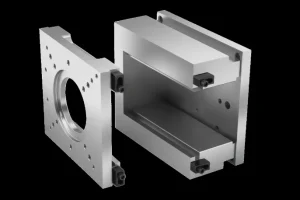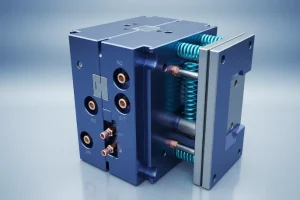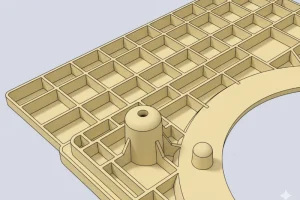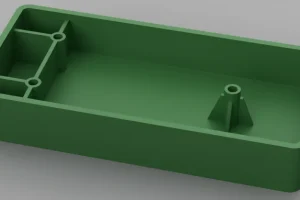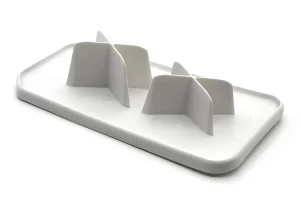When exposed to high temperature and pressure, rust is an inevitable issue for the injection mold. This can be caused by moisture regain of cooling water or gas corrosion due to decomposition in molten material.
Grease also builds up on the surface with usual lubricating oil use – a factor that could diminish product quality if not cleaned off appropriately. Therefore, carefully cleaning your injection molds is essential for successful production results!

Here are five cleaning methods
1. Manual cleaning
Manual cleaning, while a classic approach to removing dirt and grime, is far from perfect – it can be strenuous on staff members who may not always have the most delicate touch.
Additionally, its efficacy in reaching tight spaces or nooks & crannies of intricate injection molds leaves much desired; furthering the risk of surface damage if neglected.
2. Laser cleaning
Laser cleaning is an ideal way to effectively remove pollutants from injection molds such as tire molds. With a quick, easy, and efficient process that eliminates the need for harsh chemicals or abrasive methods – laser mold cleaning offers numerous advantages.
The pulse of energy generated by lasers destroys contaminants on contact while avoiding damage to any underlying material structure.
Although it requires manual scanning of the surface being treated and has limitations when treating more complex parts with tricky corners or crevices- this advanced technology provides ample benefits in terms of convenience, precision, and safety over traditional techniques used for deep cleansing applications.

3. Electrolytic cleaning
The electrolytic cleaning solution is an innovative combination of electrolysis and ultrasonic waves, which can effectively remove gas deposits, oil stains, rust particles, and other build-ups from injection molds.
It’s particularly suitable for precision parts such as connectors or gears due to its superior performance in reducing defects rates while saving labor costs along the way.
However, it needs a reliable power source with costly operating expenses and preventive maintenance programs that need regular management attention.
After utilizing this process anti-corrosive measures must be taken into account to ensure lasting results are achieved.
4. Ultrasonic cleaning
By immersing your device in a cleaning tank using sonic waves, dirt, and foreign bodies are blasted away!
This innovative process utilizes air bubbles to increase water pressure, ultimately resulting in powerful liquid flow.
Ultrasonic technology additionally offers complete drying with minimal effort for easier cleaning.
While this procedure has some great advantages such as the removal of oil stains or rust removal, earplugs may be needed due to the loud sound levels generated by ultrasonics during work.

5. Dry ice blasting
Dry ice blasting is a powerful and efficient cleaning method that uses compressed air to propel dry ice onto surfaces.
This causes dirt, oil, and any other impurities on the surface of objects to freeze rapidly and then break away when pressure is released.
As this process can be completed without taking machinery out of circulation or operation it saves time money as well valuable resources such as making downtime costs negligible while still achieving professional results with minimal effort.
What’s more due its versatility it has huge potential applications across all industries!

Conclusion
To keep your plastic injection molds running smoothly and efficiently, proper cleaning is key.
With the right method chosen to clean, you can extend life expectancy while also reducing costs associated with repairs or replacement down the line. Don’t let dirt derail your productive operations – take control of mold maintenance now!


